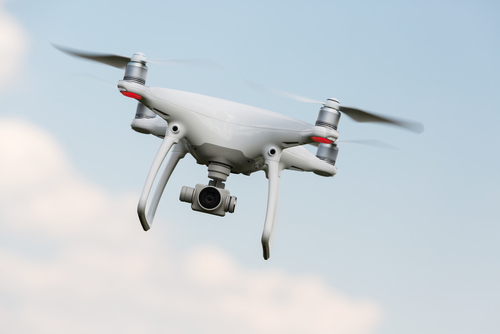
U.S. Sens. Gary Peters (D-MI), Ron Johnson (R-WI), Kyrsten Sinema (D-AZ), and Maggie Hassan (D-NH) recently introduced legislation that seeks to bolster the nation’s ability to counter community threats posed by unmanned aircraft systems (UAS) or drones.
The Safeguarding the Homeland from the Threats Posed by Unmanned Aircraft Systems Act reauthorizes the U.S. Department of Homeland Security (DHS) and the Department of Justice’s (DOJ) DOJ’s present authorities to counter UAS threats provided by the Preventing Emerging Threats Act of 2018.
“As the market for unmanned aircraft systems continues to expand – there is an increasing risk that drones operated by reckless or nefarious individuals could be used to threaten aircraft, airports, critical infrastructure, and high-profile events. The federal government must be prepared to tackle this issue head-on and protect our country from this evolving threat,” Peters, chairman of the U.S. Senate Committee on Homeland Security and Governmental Affairs, said. “This bill will bolster federal efforts to prevent unmanned aircraft systems from disrupting or harming lives and livelihoods, ensure federal agencies working to combat these threats are more accountable to the public, and protect the civil rights and liberties of responsible drone owners.”
Other bill provisions include authorizing the Transportation Security Administration (TSA) to proactively protect transportation infrastructure from drone threats; enabling state and local law enforcement and critical infrastructure owners and operators to use DHS-approved drone detection technology; and establishing a pilot program encouraging state and local and federal law enforcement
coordination to mitigate UAS threats.
“This bill will increase our ability to fight the growing threat of criminal drone activity across the country,” Johnson said. “It is paramount that our national security agencies have the tools they need to mitigate the serious threats posed by UAS.”




